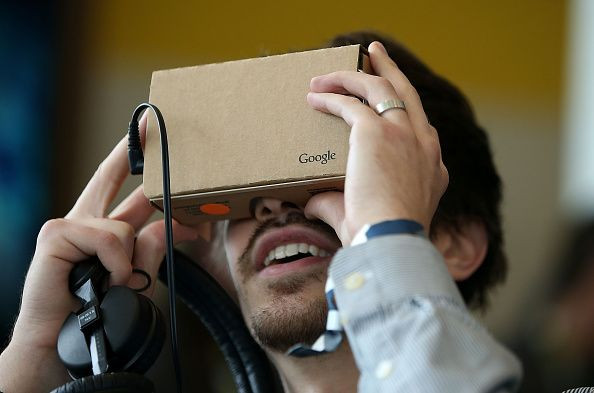People With Chronic Pain Can Benefit From Virtual Reality Experiences, Study Finds

More than one percent of people in the United States suffer from chronic pain and they can now benefit from virtual reality (VR) experiences, according to a study. It stated that VR can ease the pain to a certain extent.
Acute pain is a major health problem faced by many Americans. Since much of this pain is under-treated or is not treated effectively, there is a dramatic increase in the use of opioid medications in recent years, the study noted. Since opioid medications have a lot of side effects, the research team looked into an effective alternative for this medication. They found that virtual reality experiences can decrease the severity of acute pain by diverting the attention of a person.
For the study, published in the medical journal PLoS ONE last week, the research team observed 120 hospitalized patients with chronic pain for 48 hours. Each of the participants had reported severe pain 24 hours before the study.
The team then divided the participants into two groups – the first group was offered virtual reality handsets thrice a day and the second group was asked to watch programs that focused on health topic discussions, guided relaxations and poetry readings.
At the beginning of the study, the participants were asked to rate the severity of their pain from 0-10 using a visual analog scale. Then, they were offered a five-minute virtual reality session called Cool. The participants were also asked to rate the pain during the session and immediately after the session.
At the end of the study, the research team found that most of the participants experienced a nearly 33 percent reduction in pain between pre-session and post-session. They also found the participants experienced a 60 percent reduction in pain during the VR session.
While all the participants experienced a decrease in pain during the VR session, 33 percent of the participants reported complete relief during the session and 10 percent did not experience any change between pre and post sessions.
“We found that VR helped reduce pain across many types of pain - gastrointestinal, cancer, orthopedic, neurologic, etc. - and that it reduced pain the most in people with the most severe pain,” lead researcher Brennan Spiegel, a professor of medicine and public health at Cedars-Sinai Health System and the University of California, Los Angeles, told Reuters.
“[Virtual Reality] creates an illusion of time acceleration, effectively shortening the length of pain episodes. And it nips signals in the bud at their origin, blocking pain from reaching the brain,” the researcher added.
© Copyright IBTimes 2025. All rights reserved.





















